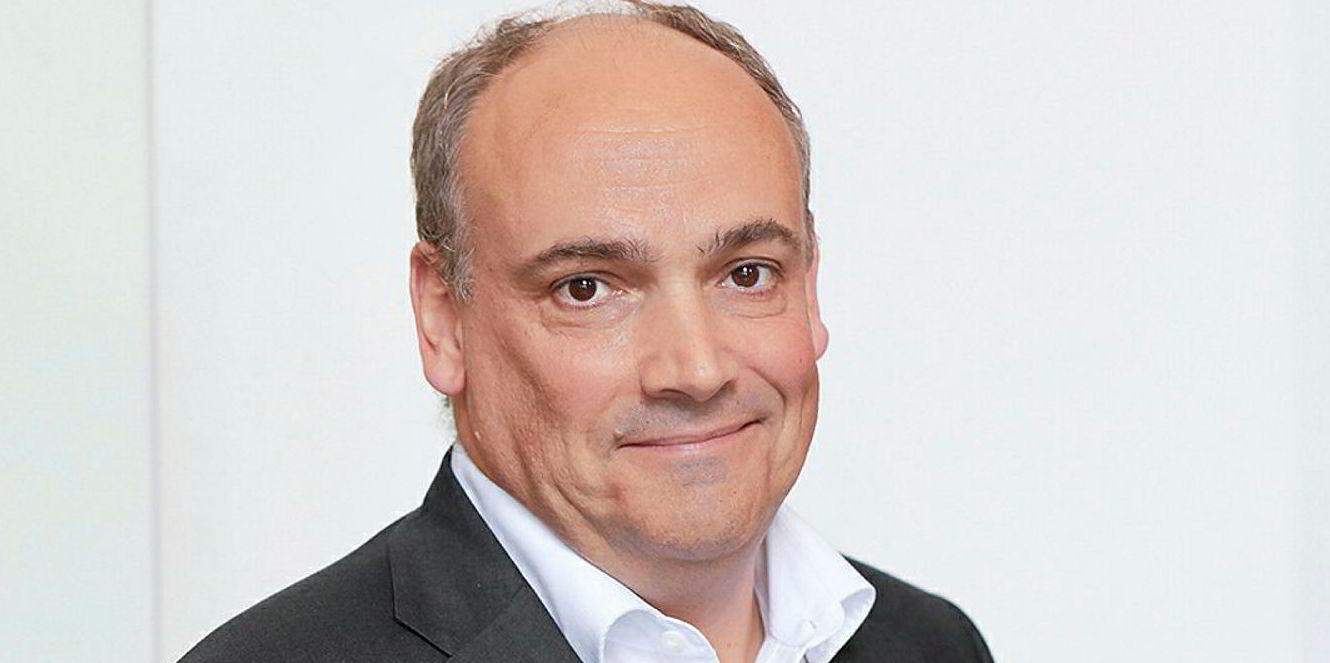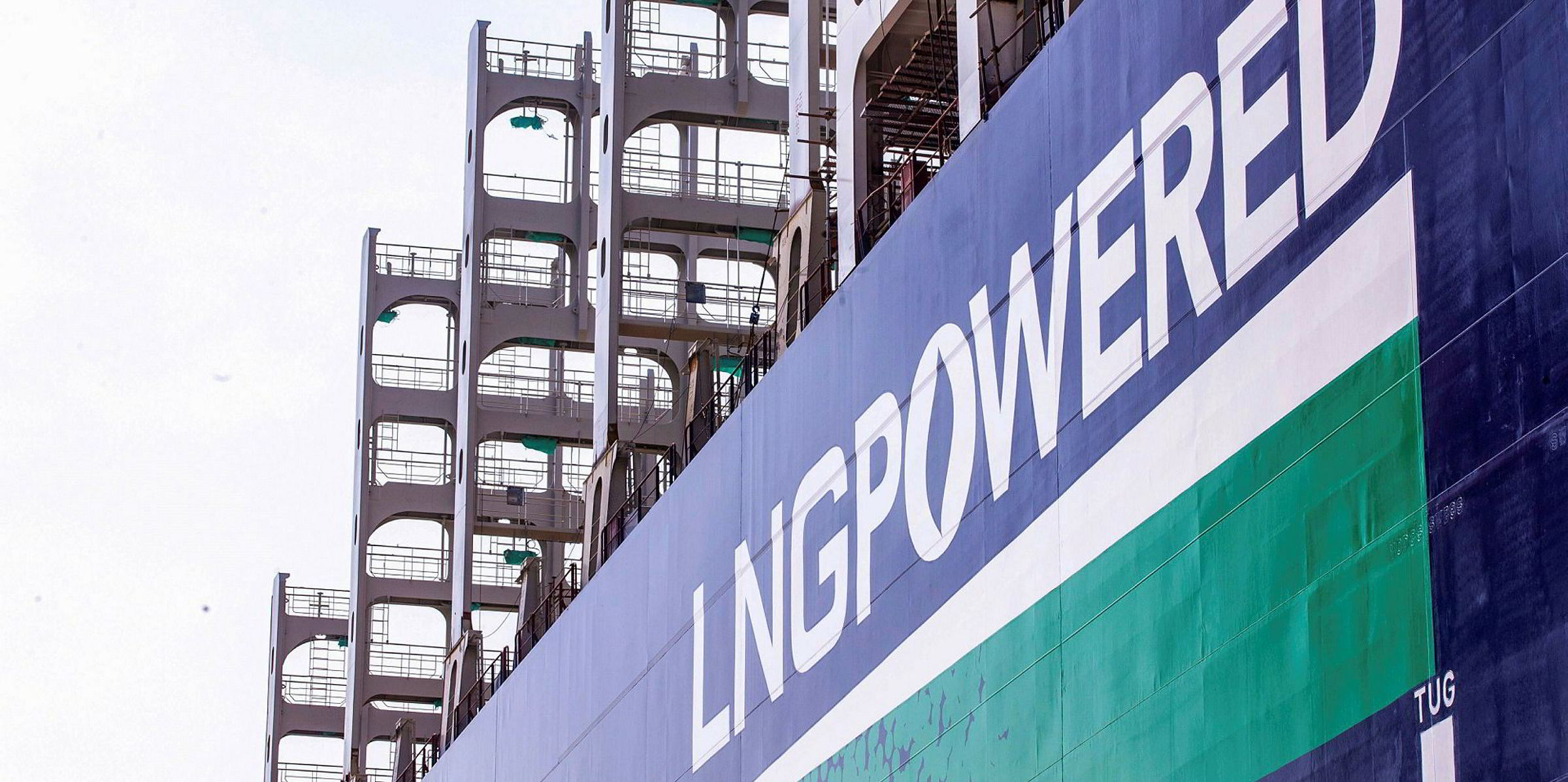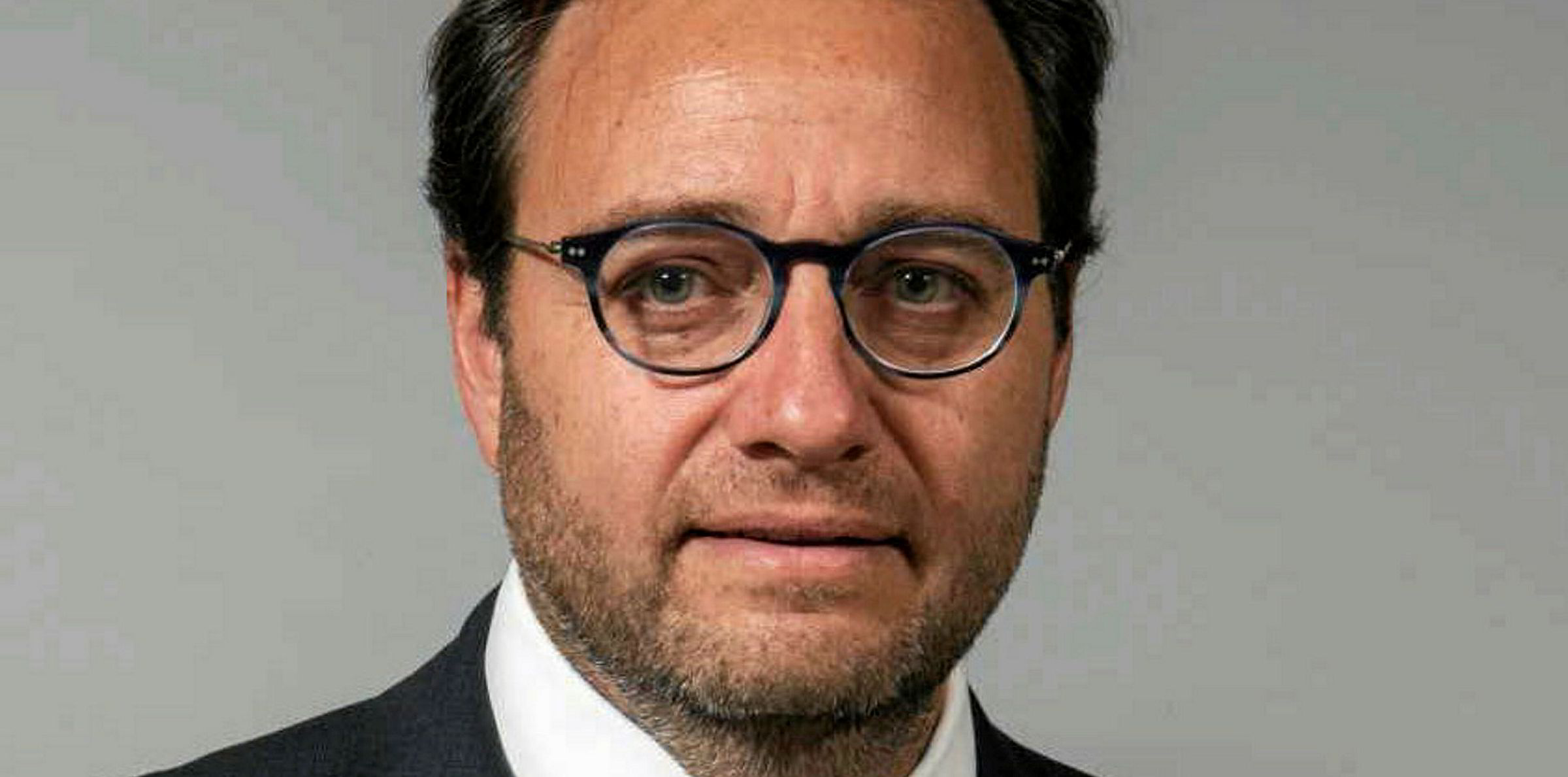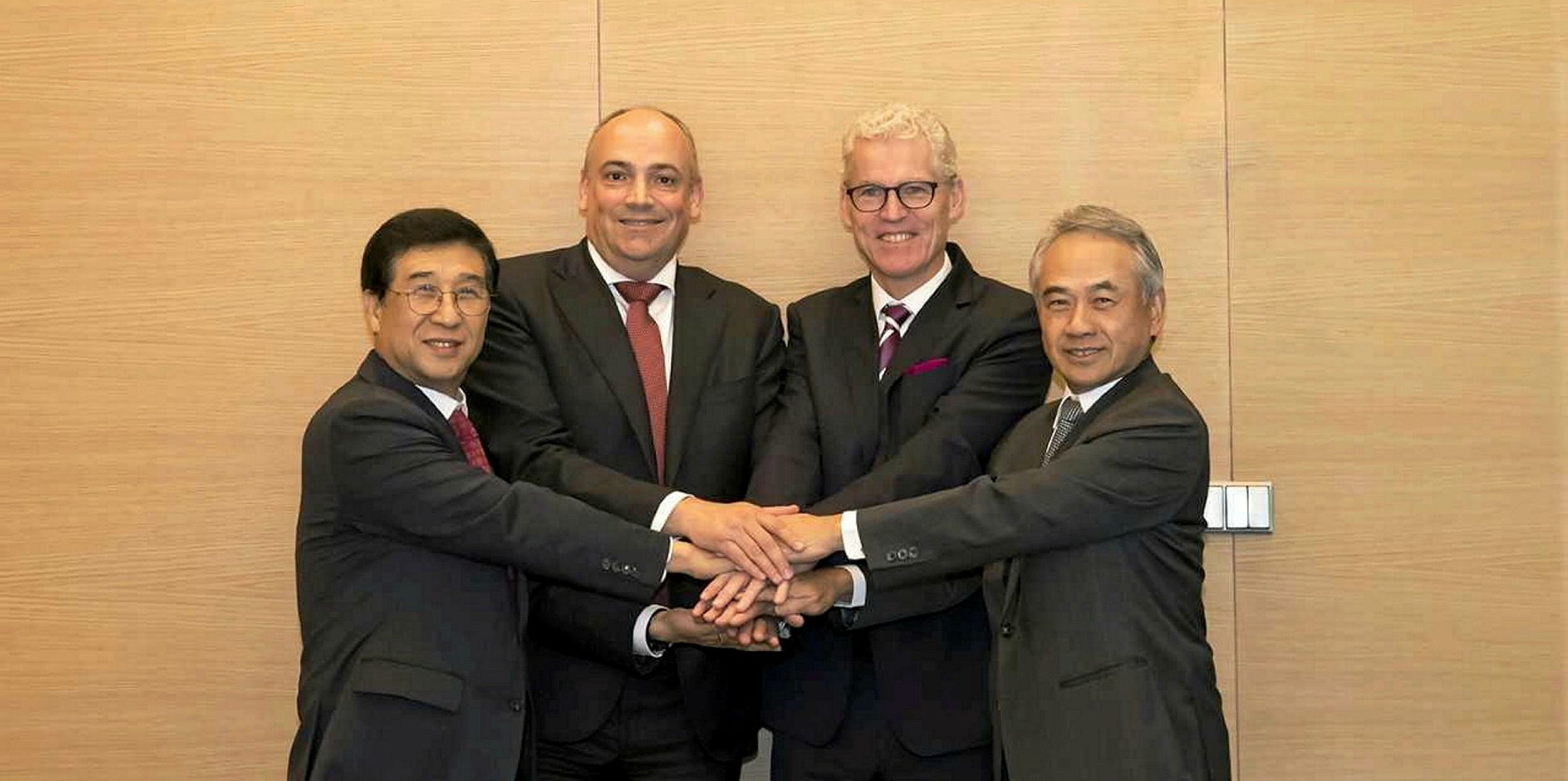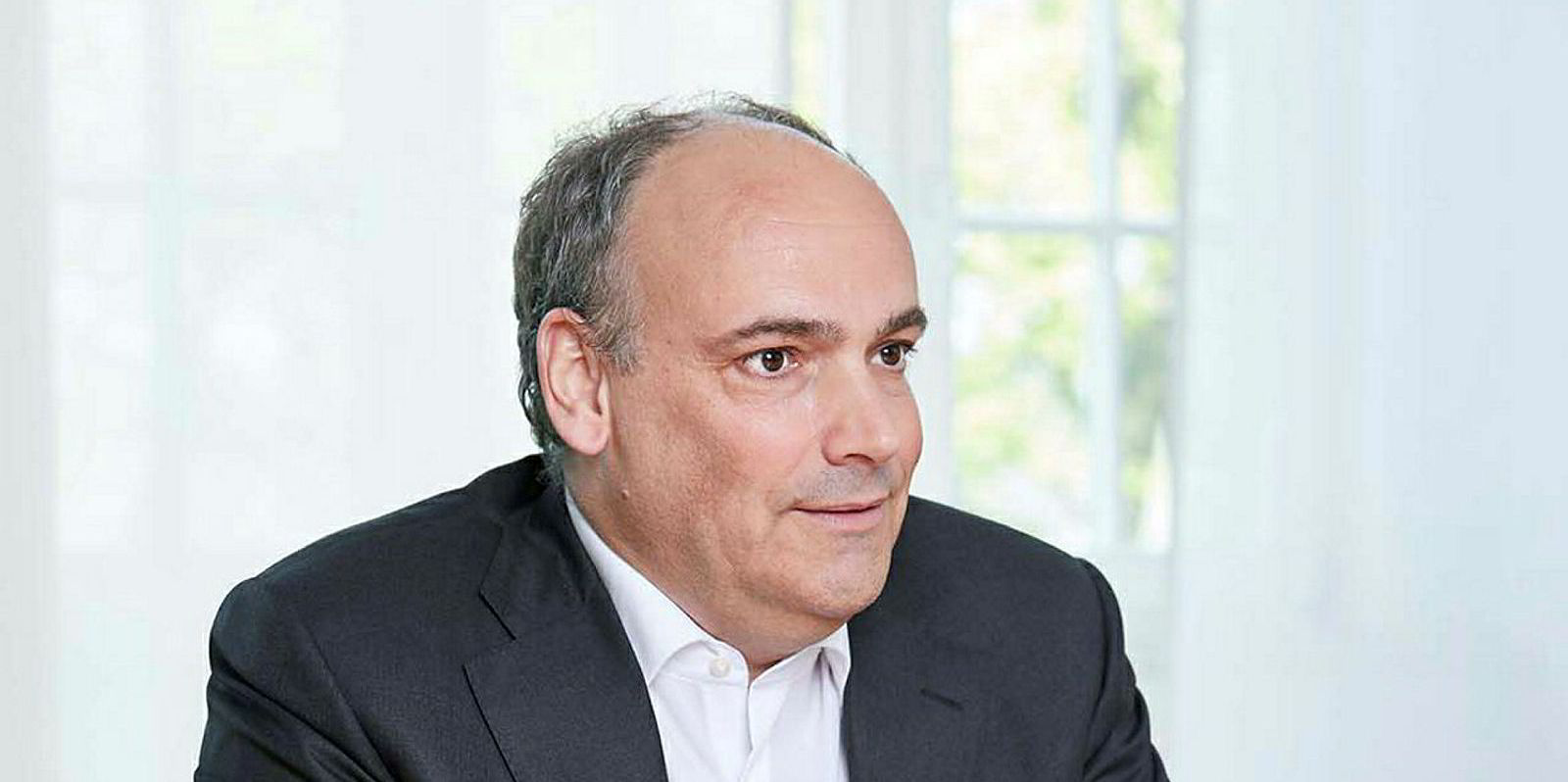Germany’s Hapag-Lloyd is moving forward with its plan to order six mega-containerships to maintain its market edge, chief executive Rolf Habben Jansen told TradeWinds at the boxship giant's Hamburg headquarters.
The vessels are needed to replace Hapag-Lloyd’s existing fleet and to put the German liner operator and its alliance partners on a competitive footing with rival liner operators.
The German line has not placed newbuilding orders since 2015, but Habben Jansen conceded that orders are on the cards.
“It’s possible we will order them this year,” the 53-year-old Dutchman said. “It’s also possible we will order them next year. But, at some stage, we need to do it.”
The German line inherited six large 19,870-teu ships as part of the takeover of United Arab Shipping Co (UASC) in 2017.
But more vessels in this category or larger are needed to remain competitive.
Loop service
Hapag-Lloyd needs at least a dozen ships of this size to complete a loop on a 12-vessel service between Asia and north Europe.
Habben Jansen said the company’s owned fleet of around 100 ships would need to be replaced at a rate of three to five vessels per year.
He said plans for a further six vessels would be formulated together with partners in THE Alliance, which comprises Japan’s Ocean Network Express (ONE), Yang Ming Marine Transport Corp of Taiwan, and from 1 April, Hyundai Merchant Marine (HMM).
“We would likely do it together with some of our partners in THE Alliance," he said. "Then you would look at upgrading one string.”
That is necessary to enable THE Alliance to compete with rivals 2M Alliance and Ocean Alliance.
“When you look at THE Alliance, we, out of all the alliances, have the fewest number of loops with big ships,” Habben Jansen said.
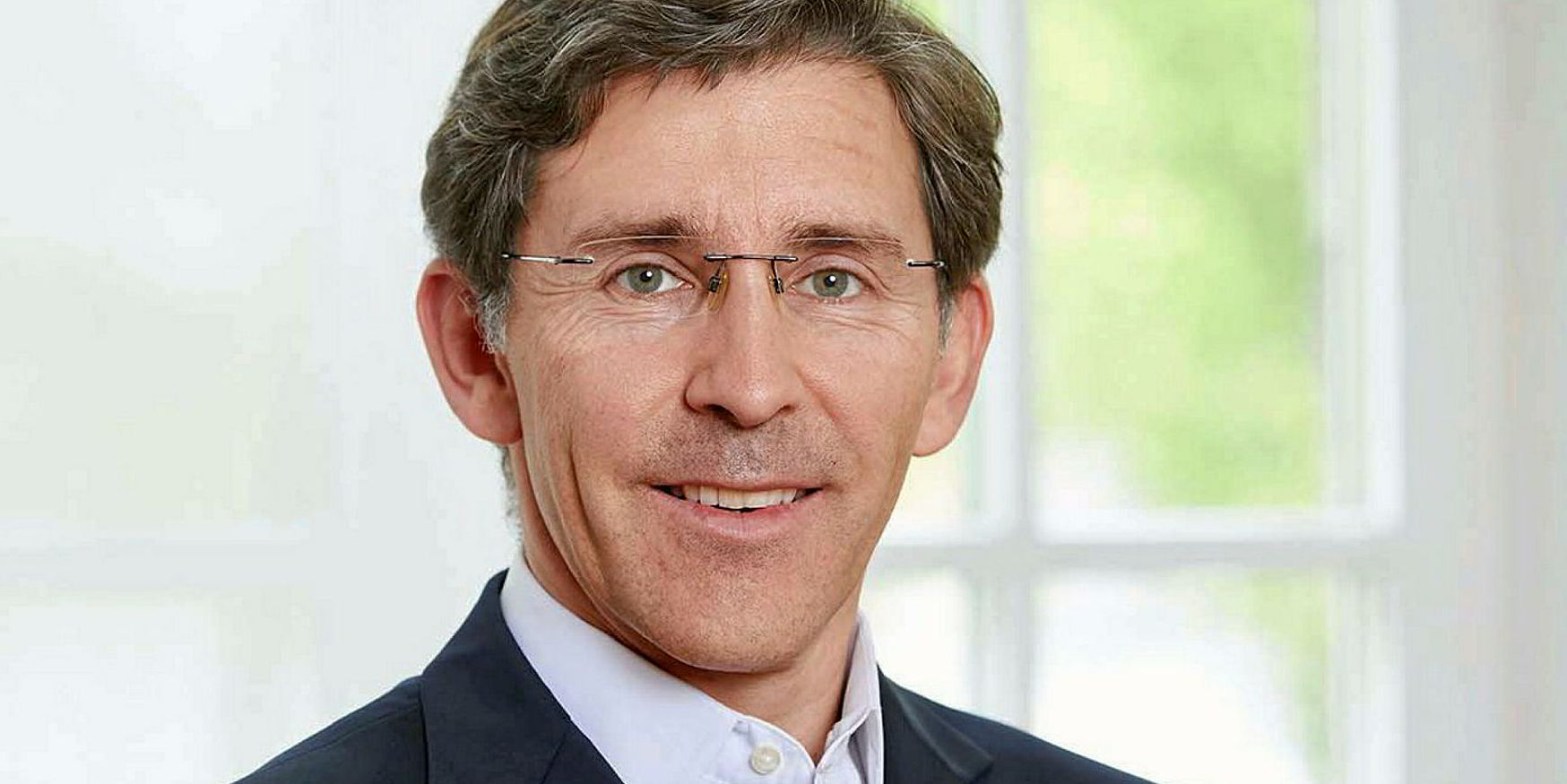
“And, at some stage, we will need to upgrade our loops to that size. Whether that will be in 2022 or 2023 remains to be seen. There is no decision yet.”
The pending inclusion of HMM as a member of THE Alliance further changes the dynamics.
The line is expected to deploy 12 ships of 24,000 teu on the THE Alliance's FE4 service between Asia and north Europe.
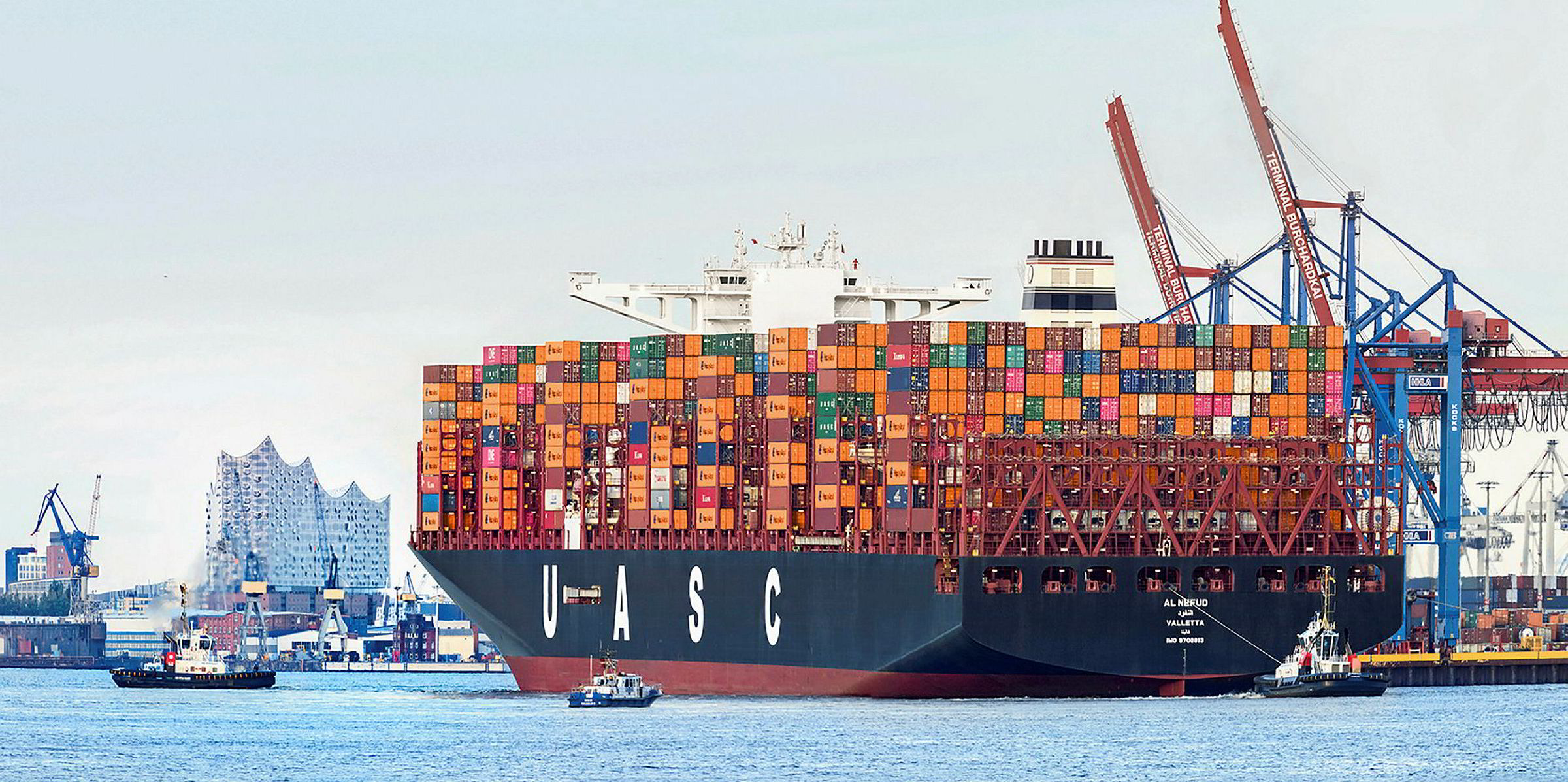
“HMM coming in will allow us to upgrade a second loop to big ships,” Habben Jansen said. “That means we have two out of five loops going into north-west Europe with big ships.”
But that would still leave it behind the 2M partners of Maersk and Mediterranean Shipping Co (MSC) or the rival Ocean Alliance that operate a majority of their six or seven loops between Asia and north Europe with big boxships.
“We at some point of time in the future will also go to six loops,” Habben Jansen said. “And then we would also need to run three or four loops with big ships.”
He plays down speculation that placing more orders for big containerships could contribute to overcapacity and low freight rates.
“We will always be very disciplined in terms of what is the capacity that we deploy," Habben Jansen said.
"And if we would take delivery of new ships in 2022 or 2023, then it would also mean we phase out older ships.”
He said Hapag-Lloyd would probably add around 4% to capacity over a three or four-year period.
“It’s really not a lot,” he insisted.
Fuels innovation
Hapag-Lloyd is also casting an eye to new fuels and will shortly begin testing out the use of LNG fuel on one of its larger boxships.
“We potentially could retrofit more as the former UASC ships are LNG-ready,” he said.
“If we go for new ships, [we] will look at LNG as an option.”
Separately, about 20 of Hapag-Lloyd’s owned and chartered vessels are fitted with scrubbers.
Habben Jansen does not rule out fitting more ships with scrubbers, but said that will depend on what happens with the fuel price spread and delays involving scrubber installation.
“We still need to know what the economic payback is going to be,” Habben Jansen said. “We’re a little cautious there.”
He said the company has not yet faced any problems resulting from the implementation of IMO 2020 legislation.
All ships had switched to the new fuel without any technical difficulties, and there were no issues with fuel availability.
“So far, so good,” he said, adding that shippers will be expected to pay for the additional fuel cost.
Habben Jansen has overseen massive growth of Hapag-Lloyd following its acquisition of Chile’s Compania Sudamericana de Vapores in 2014 and of UASC three years later.
But he plays down the prospect of further consolidation, saying there is no longer any correlation between size and profitability.
“The incremental benefits of becoming bigger are declining rapidly,” he said.
The strategy in the coming years is not to grow massively.
“It’s about us trying to retain our global market share, make money, and hopefully be the number one for quality.”
He said the recent departure of chief operating officer Anthony Firmin and the impending exit of chief financial officer Nicolas Burr at the end of this month had long been planned.
But Habben Jansen will remain at the helm of the world’s fifth-largest liner operator for some time.
“I have a contract until 2024, so I’m hopefully going to be around for a number of years,” he said. “That gives some stability.”
